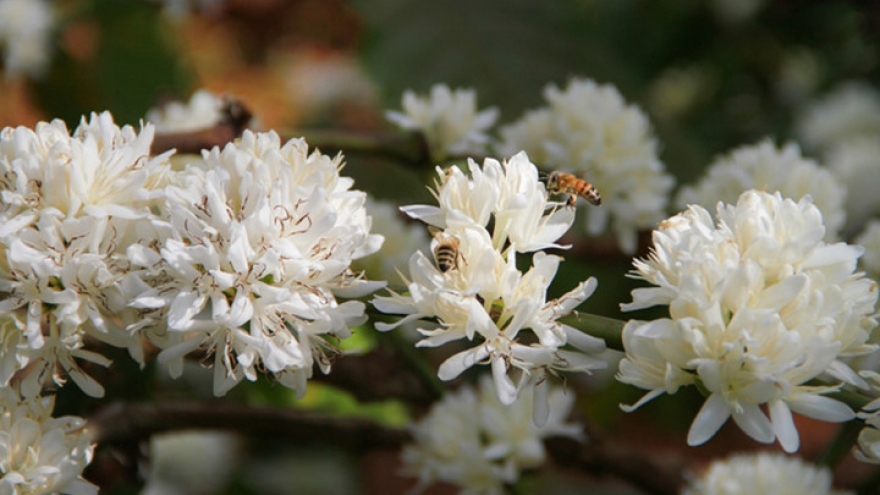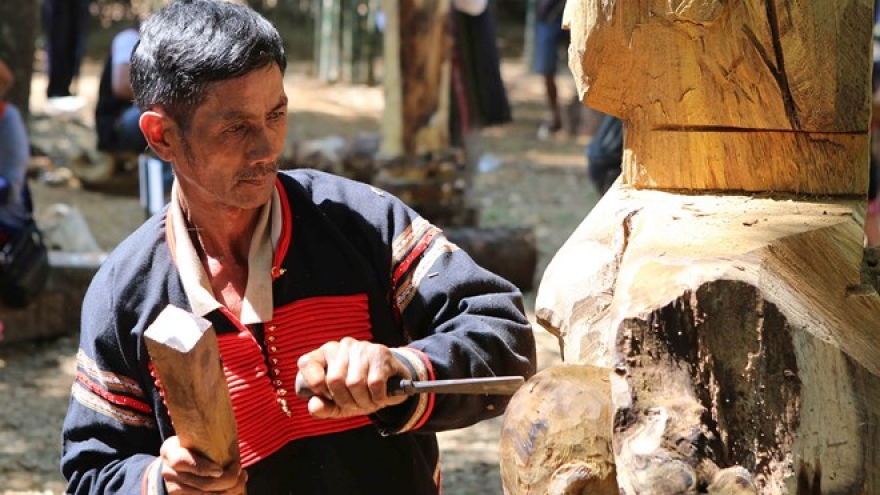Central Highlands aims for over US$10 bln in investment in 2016-2020
The Central Highlands region is expected to attract more than US$10.1 billion worth of investment in the period of 2016-2020.
 |
The committee said most of the sum will be used to restructure the agricultural sector, targeting a large-scale goods-oriented agriculture with high competitiveness and sustainable development.
The region will focus on applying scientific advances and technologies in agro-forestry production to improve productivity and product quality while building brands for a number of key products like coffee, rubber and pepper.
It plans to maintain the area of coffee growing, develop industrial plants, vegetables, flowers and fruit trees with high-value, and boost cattle breeding.
Resources will also be invested in processing industry and mining; developing ecological and community-based tourism; and building infrastructure for transport, irrigation, electricity supply, and infrastructure of urban areas and industrial parks.
Regional localities will work to build strategies and master plans for the region’s socio-economic development, aiming to attract foreign direct investment (FDI).
In the coming time, the region will give priority to developing border economy, trade, agriculture, tourism and energy services, besides intensifying investment promotion activities.
Measures will be devised to simplify administrative procedures and improve the efficiency of State management, in order to draw more investment.
At a recent conference to call for investment in the region, Prime Minister Nguyen Xuan Phuc asked regional localities to form large-scale organic agricultural areas.
He recommended them promote industrial development by modernising agriculture, boosting processing activities, and expanding the value chain of products from industrial trees.
The Central Highlands region covers an area of 5.46 million ha, accounting for 16.8% of the nation’s total area. The region has a population of more than 5.6 million.
Of the 5.46 million ha of natural land, two million ha are used for agricultural production and 3.2 million ha are forestland.
The region has 74.25% of the country’s red basalt soil at almost 2.1 million ha, making the region an ideal place to grow cash crops such as coffee, rubber and cashew nuts, among others.
Coffee, rubber and pepper are the agricultural mainstays of the region. Meanwhile, tea, particularly oolong tea, plays an important position in Lam Dong province.
The GRDP (Gross Regional Domestic Product) in the 2011-15 period was about 10.45% per annum. In 2016, the GRDP per capita was US$1,700 – an increase of 8.57% over the previous year.
In the 2011-15 period, the region attracted a total investment of US$11.7 billion – double that of the previous five years. As a result, its average annual growth rate was 11.33% during the period.
To date, the region has 140 foreign direct investment (FDI) projects worth US$772.5 million.




